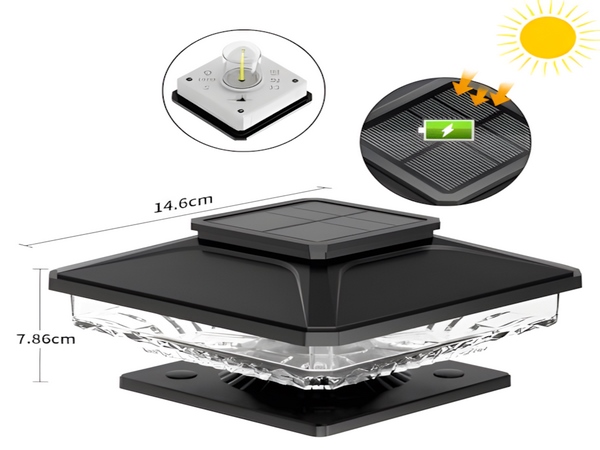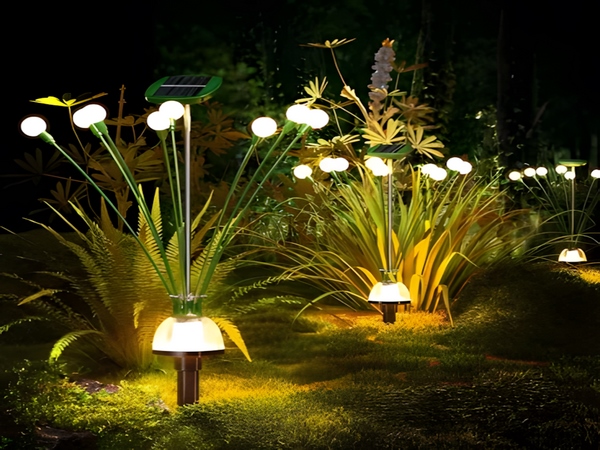

It is well known that the working principle of solar street lights is to receive solar energy during the day, converting it into electrical energy and storing it in batteries, which in turn provide power to LED lights at night. Therefore, the number of rainy days supported is an important reference factor when configuring solar street lights. Today, our editor will explain this topic!

The number of rainy days refers to the days when solar street lights can still function normally under continuous cloudy or rainy weather with little to no solar energy supplementation. Once this number is exceeded, the solar street lights will not operate normally. The number of supported rainy days is determined by the customer, but generally, manufacturers default to a number of 7 days. Since the configuration of solar street lights is relatively fixed and determined through multiple tests, the default number of rainy days is usually relatively high, as in our company’s solar street lights which support a default of 5-7 days of uninterrupted lighting at night.
The number of rainy days determines the size of the photovoltaic components and batteries, making it an important reference parameter for configuring solar street lights. Therefore, when determining the number of rainy days, you need to consider local conditions. If your area experiences many consecutive rainy days, it is recommended to appropriately increase this figure by 1-2 days to avoid abnormal operation.
For more information about solar street light price lists, please feel free to consult us.
Bitpott Solar Street Light Manufacturer specializes in the research, development, production, and sales of solar and LED outdoor lighting fixtures. With years of production experience and advanced manufacturing equipment, we ensure quality, reasonable pricing, and configuration. If you are looking to purchase LED solar street lights or inquire about LED solar street light prices, please contact our team.



